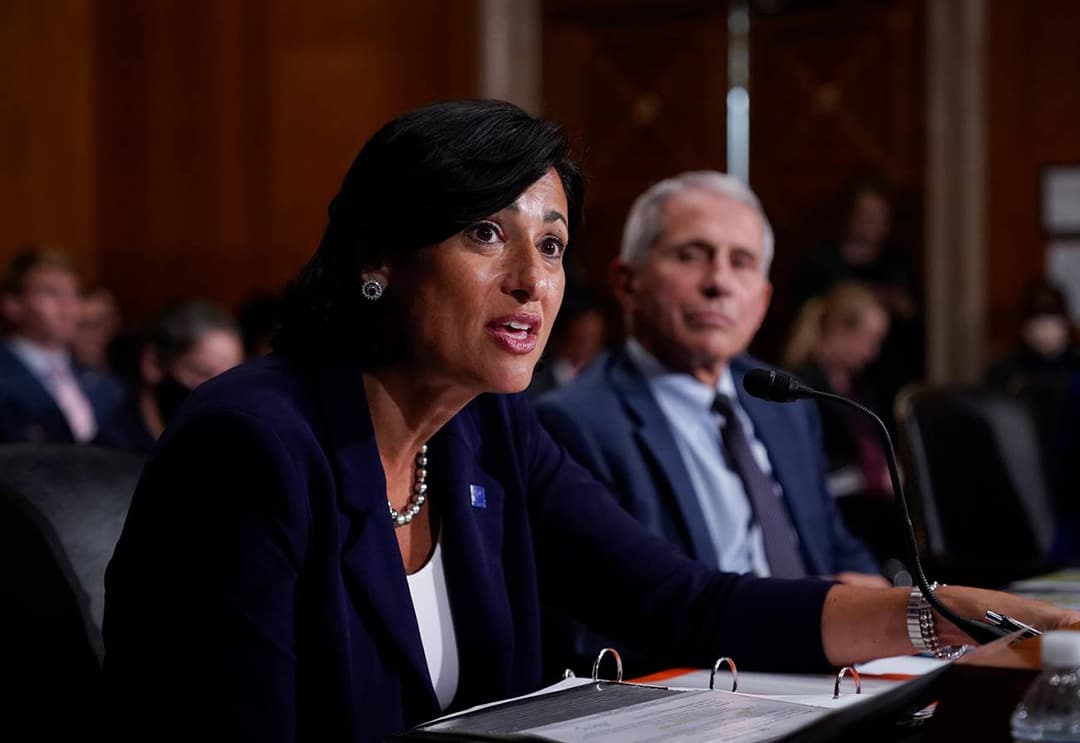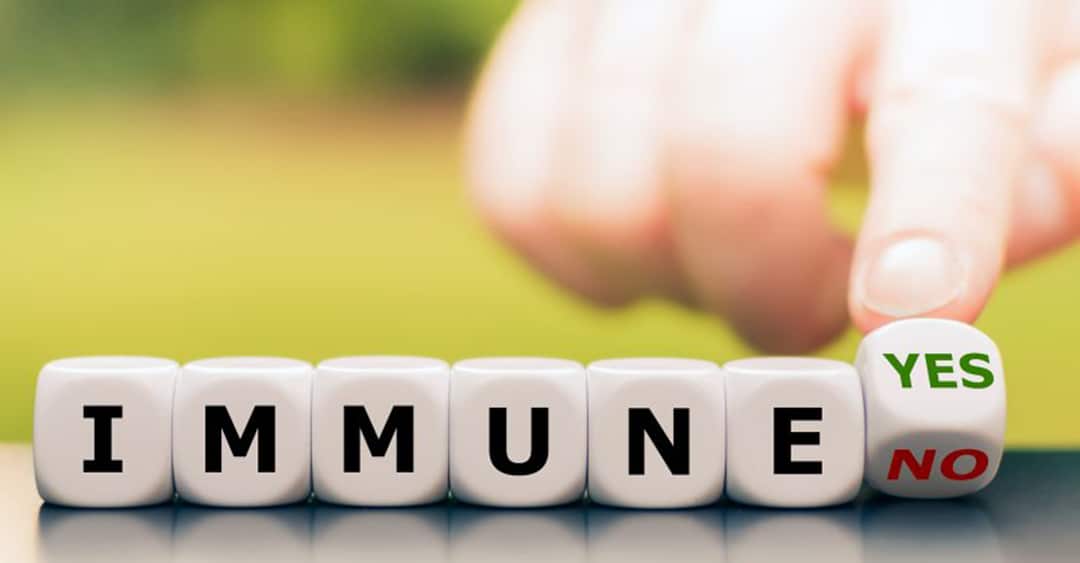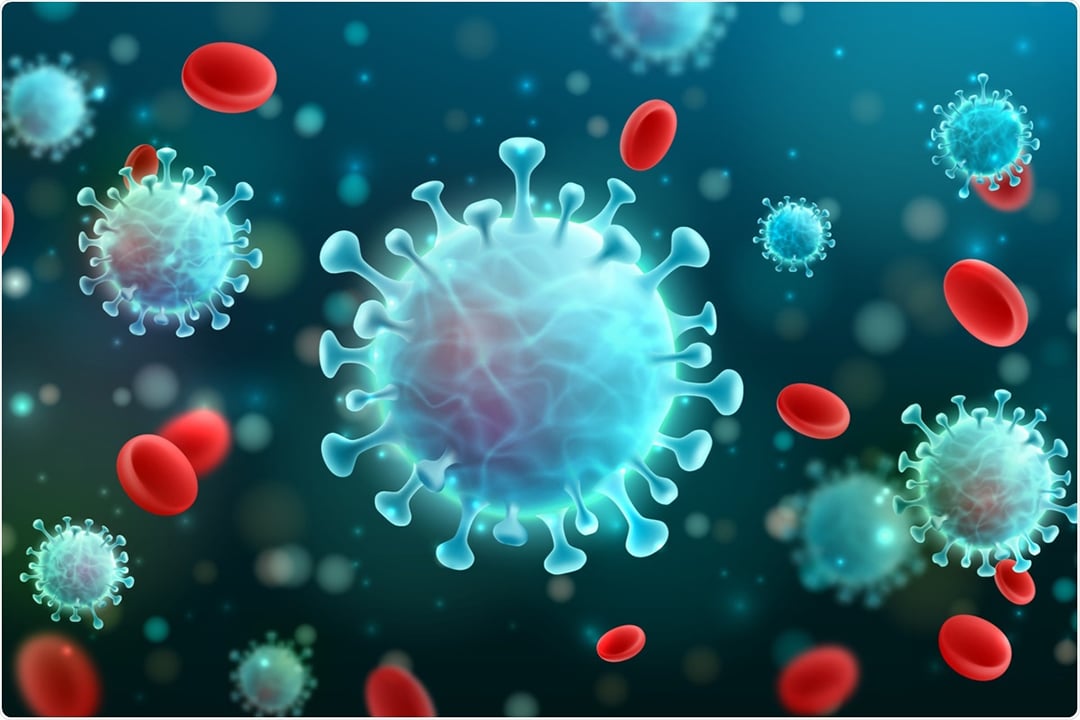

Dr. Rochelle Walensky, director of the Centers for Disease Control and Prevention (CDC), and Dr. Anthony Fauci testify before the U.S. Senate Health, Education, Labor, and Pensions Committee on July 20, 2021J. SCOTT APPLEWHITE-POOL/GETTY IMAGES
COVID Affects Your Memory
by Alex Gutentag Jan 30, 2022
When anti-lockdown protests began in the spring of 2020, national media outlets were quick to label the protesters far-right white supremacists whose concerns were the product of “ignorance, privilege, and anti-Black racism.” During this time, playgrounds and beaches were closed, park benches were taped off, and thousands of small businesses permanently shut down. As lockdowns dragged on, drug overdoses rose sharply, schoolchildren were cut off from basic services, and 1 in 4 young people reported suicidal thoughts. Hospital patients died alone, police broke up religious services, and funerals were restricted. Those who believed the costs of lockdowns outweighed any benefits were called “covidiots” and the civil liberties they appealed to were labeled “freedumbs.”
The American Civil Liberties Union, which had previously argued against coercive public health measures, was nowhere to be found. The American left, with which I’d always identified because of its claims to uphold workers’ rights and principles of bodily autonomy, now explicitly advocated for forced quarantines of healthy people and for policies that dramatically increased the wealth of the world’s richest at the expense of the working class. After spending four years checking every perceived authoritarian impulse from Donald Trump, the media suddenly called for strict enforcement of government decrees, denounced the noncompliant, punished dissenters, and advocated for Big Tech clampdowns on speech. On Twitter, Facebook, and YouTube, users were censored and banned for expressing viewpoints that contradicted the ever-changing messaging from the World Health Organization and the Centers for Disease Control. The simple act of sharing official data on the COVID survival rate among different age groups was considered an act of harm that could lead to thousands if not millions of deaths.
By January 2022, however, the failure of the previous two years of U.S. COVID policies has become undeniable. Vaccinated people were once promised that they would be “dead ends” for the virus, but 80% of the first omicron cases in the United States were double vaccinated and one-third had received a booster. Many cities that implemented mask mandates and vaccine passports are seeing some of their highest case counts of the pandemic. As a result, the original justifications for COVID restrictions are now being openly contradicted by the same people who once argued for them—but without acknowledging the pivot. With the 2022 midterms in sight, the narrative is simply shifting without apology, and many of the arguments once made by “covidiots” are now being backed by Anthony Fauci, CDC Director Rochelle Walensky, and the familiar cast of journalists and experts.
It was never social media “misinformation” that harmed people, but rather a coordinated attempt by public health officials and reporters to limit open discussion and skew coverage of COVID. This campaign manipulated the public into acquiescing to measures with catastrophic second-order effects but little epidemiological value. Now that the damage has been done, the old arbiters of truth and morality will not get back the trust or credibility they’ve squandered.
In December 2021, the CDC announced a change in quarantine guidelines from 10 days to five, with Fauci confessing that the purpose of the change was to “get people back to jobs” and Walensky stating that the guidelines were based on “what we thought people would be able to tolerate.” These statements came after months and years of restrictions based on the idea that no concern superseded the mitigation of COVID risks—that COVID policies were, by definition, above cost-benefit analysis. In 2020, Fauci and Francis Collins (then director of the National Institutes of Health) had orchestrated a media-assisted smear campaign to this effect against the scientists behind the Great Barrington Declaration, who argued for more focused protection of the elderly and immunocompromised instead of blanket lockdowns. This effort to quash dissenting viewpoints lasted well past the point when vaccines became available for any adult who wanted them. Now, having attempted to damage the reputations of these scientists, Fauci believes that COVID mitigation policies must be balanced by other priorities.
The CDC has also determined that Americans no longer have to test themselves at the end of the new quarantine period because they can stay positive for up to 12 weeks after infection. But this change in testing protocol only confirms that detection of the SARS-CoV-2 virus has never meant that someone is ill or contagious. A clinical case of a disease almost always involves symptoms, but for COVID, the definition of a “case” for the past two years has been a positive PCR test, symptoms or no symptoms. In other words, while major news outlets presented rates of “cases” as synonymous with rates of illness, the number of positive PCR tests has never necessarily reflected the number of people sick with COVID (because the SARS-CoV-2 material detected by PCR may not be intact, abundant, or infectious). This was a problem in 2007 when the use of PCR tests to detect pertussis led scientists to believe they were observing an epidemic, only to discover that the tests had been generating false positives and patients most likely had other respiratory infections like the common cold.
While COVID testing may be clinically valuable for people with symptoms, testing millions of asymptomatic people can lead to large-scale, unnecessary quarantines and disruptions (as Fauci has now admitted). Nevertheless, state and city governments used “rising cases” to rationalize shutdowns, school closures, and mask mandates. Public health officials and the media portrayed these raw case numbers as a meaningful metric and presented testing as an infallible tool.
In the past month, this approach has abruptly changed. When questioned about child hospitalization rates, Fauci recently cited broken bones and appendicitis as among the reasons for high hospitalization numbers, telling MSNBC, “It’s over-counting the number of children who are, quote ‘hospitalized with COVID,’ as opposed to because of COVID.” By the first week of January, data released by New York state showed that about half of all COVID patients in New York City hospitals were admitted for reasons other than COVID; in Los Angeles, the same was true for about two-thirds of COVID patients. The Los Angeles Times argued that the number of incidental hospitalizations during omicron means “this surge is different.” But how different is it, really?
Underreported research from the summer of 2021 had already demonstrated that child COVID hospitalization numbers were inflated. In one study from the American Academy of Pediatrics, 45% of hospitalizations counted as COVID admissions “were categorized as unlikely to be caused by SARS-CoV-2.” Might this be true of a percentage of deaths attributed to COVID as well? It wasn’t a question that interested the media, which neglected to investigate these numbers when it mattered most. But earlier this month, Walensky admitted to Fox News that she didn’t know how many of the 836,000 deaths in the United States linked to COVID were people who died with COVID versus people who died from it.
It shouldn’t have taken two years to ask this question of the CDC director, but her answer also shouldn’t have been a big surprise: Early CDC guidelines for reporting deaths stated that deaths could be reported if COVID “contributed to death” or “played a role.” As a result, confirmed COVID deaths in the United States can reflect deaths that occurred weeks after a positive test. In New York City, confirmed COVID deaths are defined as those that occur within 60 days of a positive PCR test. In Los Angeles County, COVID deaths can be reported for anyone who tested positive up to 90 days prior, or anyone who is “clinically suspected of having died from COVID-19” without a positive test.
One CDC document from December 2020 detailed provisional data for “conditions contributing to deaths involving COVID-19” which stated that 94% of deaths had additional causes or conditions. Many of these causes were chain-of-events conditions (such as pneumonia, respiratory failure, or sepsis) or comorbidities (such as obesity, heart disease, cancer, and diabetes). Other conditions listed in the document had no plausible connection to the virus, such as “poisoning by heroin,” “intentional self-harm by hanging, strangulation and suffocation,” “person injured in unspecified motor-vehicle accident, traffic,” “unspecified drowning and submersion,” and “unspecified fall.”
This is the same data set that was used by reporters, editors, and broadcasters to claim that the United States was suffering “a new 9/11 every day.” If the limitations of asymptomatic testing and the inflation of COVID hospitalization and death counts had been accurately reported to the public, it is hard to imagine that there would have been even moderate levels of support for sweeping lockdowns and mandates.
It would be one thing if the change in messaging tracked a dramatic change in available evidence, or even if the messengers candidly acknowledged an ‘evolution’ in their thinking. But neither is the case; the change is simply taking place with no recognition or apology.
The media also played a pivotal role in exaggerating COVID dangers for children, obfuscating age-related risk stratification, and portraying kids as superspreaders. Now that school closures are proving to be increasingly unpopular among voters in blue areas, outlets like The New York Times have started reporting on the harms caused by them. But it was many of the same media outlets that spent two years advocating for the necessity of closures, giving ammunition to teachers and administrators intent on keeping kids at home. The Los Angeles Times ran a story in January 2021 about children “apologizing” to their elderly relatives for spreading COVID, and The New York Times published an article claiming COVID would “soar” if schools were allowed to reopen.
Other reports from the paper of record claimed that babies were “especially vulnerable” (March 2020), that it was risky for children to play together (June 2020), that children under 5 may host up to “100 times as much of the virus in the upper respiratory tract as adults” (July 2020), that virtual learning provided Black families a relief from racism (October 2020), and quoted teachers who said that teaching in-person was like being offered as “tribute” in The Hunger Games (November 2020). Over and over again, the Times published terrifying stories about “disturbing,” “mysterious” symptoms of an extremely rare inflammatory condition in children, stoking anxiety about new and unknown threats to kids without providing context.
Major cable news outlets offered similar coverage and—perhaps due to precipitous drops in viewership—are also starting to backpedal. A representative example came on Jan. 9, 2022, when the seven-day average for daily COVID deaths was about 1,700, and CNN’s Brian Stelter said on his show that the situation was “complicated” and “nuanced.” He added that “doomsday doctors” were “pushing people toward even more fear, anxiety, and depression” and asked, “Is there an undue amount of fear being spread?”
Stelter’s widely watched segment was remarkable for its contrast to his previous approach. On May 10, 2020, when there were about 1,900 COVID-related deaths a day, Stelter called it a “Hurricane Katrina every day” and said it was as if “10 planes crashed every day.” According to Stelter in 2020, “to look away [from the death count] or act like it’s now normal is a disgrace to the victims.” In January 2022, with almost the same number of daily deaths, Stelter acknowledged that we need to face “the reality about learning to live with COVID.”
It would be one thing if the change in messaging tracked a dramatic change in available evidence, or even if the messengers candidly acknowledged an “evolution” in their thinking. But neither is the case; the change is simply taking place with no recognition or apology—“Oceania has always been at war with Eastasia.” Having spent two years vilifying anyone who made similar arguments and observations based on the same evidence, CNN, MSNBC, and other outlets are starting to openly discuss the harms and tradeoffs of COVID policies.
At this point, they can’t put the toothpaste back in the tube. Lockdowns and school closures have already led to uncountable losses for young people, and the media’s dogmatic, uncritical terror campaign is largely responsible. It’s not a crime for the media to get things wrong; but it’s a journalistic crime to deliberately align reporting with select politicians, bureaucrats, and corporations in order to wage a crusade against free and open debate.
Since the beginning of the pandemic, many regular people without special degrees have been able to develop a clear, rational understanding of the COVID threat by using common sense or by simply looking at the data themselves. In May 2021, a group of MIT researchers studied some of these people, whom they called “anti-maskers.” The researchers found that, rather than being unfamiliar with the data around mask efficacy, the anti-maskers were highly data-literate and had created sophisticated visualizations to demonstrate that masks weren’t working. The MIT paper concluded that the anti-maskers “espouse a vision of science that is radically egalitarian and individualist” and “champion science as a personal practice that prizes rationality and autonomy.”
For the MIT researchers, this was a problem. For them, science does not consist of an observable and testable body of knowledge, but of institutional titles filled by people with the power to determine what is true. So what happens when the CDC, nearly a year after the MIT study on “anti-maskers,” has acknowledged that widely worn cloth masks are not very effective, and calls to unmask school children are now mainstream? What should we conclude, in other words, from the fact that the “egalitarian” approach to information often yields better results than the people who have arrogated to themselves the power to censor, punish, and harm the most vulnerable members of society?
That it’s up to us—the public—to take what they say with a fistful of salt, assume personal responsibility for becoming data-literate, examine information ourselves, draw our own conclusions, and make informed decisions for our families, communities, and kids.




